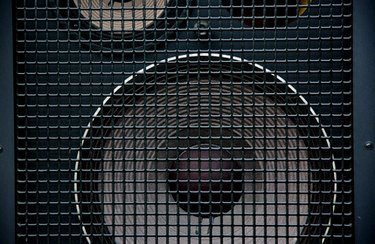
Contrary to popular belief, the "loudness" of a speaker is not solely based on its physical dimensions. Although speaker size plays an important role in its volume capacity, wattage, insulation and variety of other variables come into play as well. Many speakers, in fact, are uniquely designed with extremely small physical dimensions, yet are still capable of clear, rich and loud sound production.
Wattage
Video of the Day
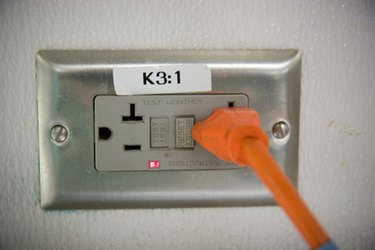
The amount of power that runs through your speakers when they are in use is one of the key variables in the speaker's production of volume and "loudness." Wattage and power can be derived from both the stereo receiver (which typically features a certain amount of power built in to the receiver) as well as the amplifier of your sound system, which are often included specifically for additional wattage. The total amount of wattage that your sound system features between its receiver and its amplifier, therefore, affects how loud the speakers can be turned up.
Video of the Day
Speaker Size
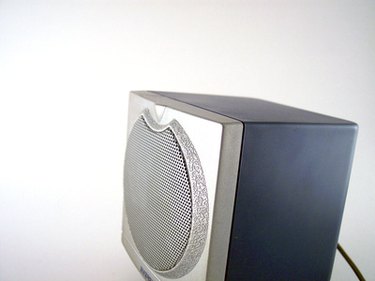
Though not the only factor, the speaker's physical dimensions play a role in your sound system's volume as well. Particularly with older sound systems, speakers can be designed with larger diameters to produce louder, more resonant sound. By increasing the physical diameter of the speaker, the amount of sound that can be pushed out of the speaker reaches a higher threshold. Regardless of the speaker's physical size, however, without enough wattage, the sound system will still be limited by its power. The two factors, therefore, go hand in hand.
Cone Reflex
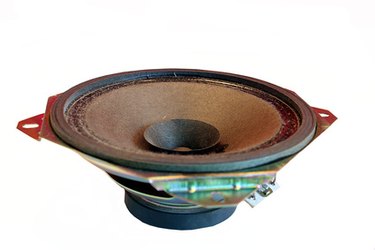
The traditional speaker is designed with a conical shape, beginning very small at its back side, and flaring out at the face of the speaker. On the smaller back side of the speaker, the cone is designed with reflexive material, often of durable paper or Kevlar, so that each time the speaker makes a sound, the cone can rebound in place, allowing it to produce the loud, resonant bass notes which contribute to the sound system's "loudness."
Insulation
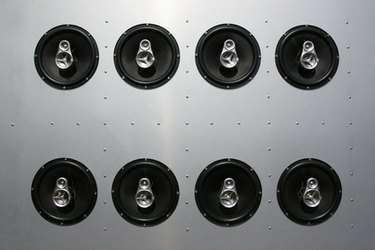
Most speakers are built into insulated speaker boxes. These enclosures are usually made with a carpeted interior and exterior to help prevent the speaker's sound from leaking out of unintended areas. This effect is also done with car door speakers or built in wall speakers by heavily insulating the door or wall so to prevent the leaking of sound out of the door. The result is a cleaner, more resonant sound produced by a well-insulated speaker housing.
Location
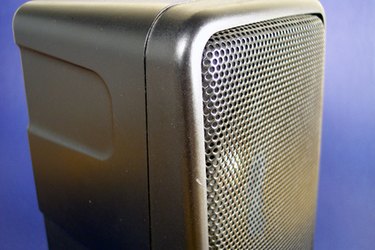
The physical location of a speaker and the direction which it's angled in relation to a room and its walls can also influence a speaker's volume. Particularly in large rooms with high ceilings, if a speaker is angled upward and/or outward, then its capacity to produce loud sound is much better. Conversely, if a speaker is angled downward toward a wall or floor, then its sound will be largely muted by its inability to project. Even a small, low-wattage speaker with the proper angle and direction can produce a fair amount of sound.